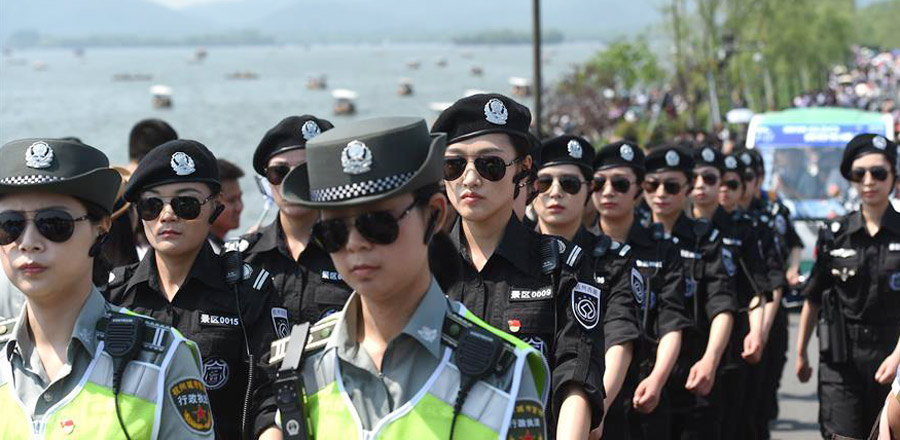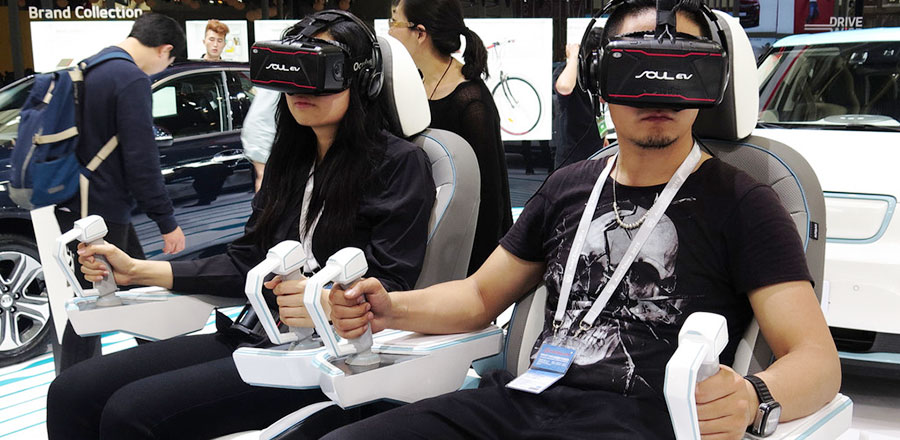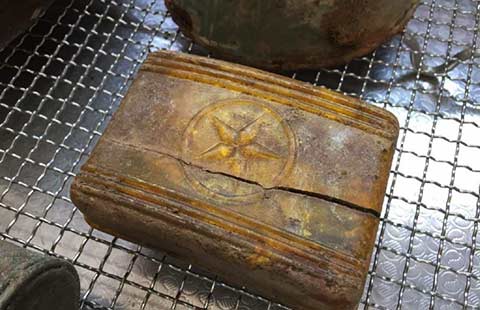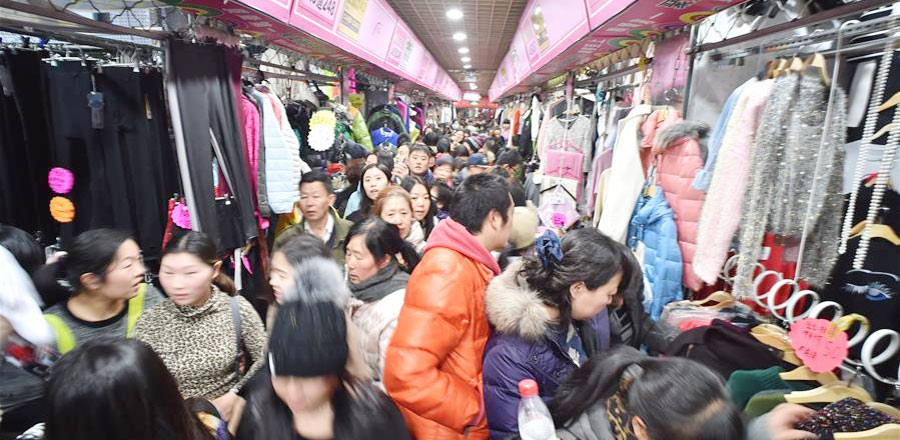
All ambulances in Beijing will be fitted with taxi-style meters as required by the municipal government in an effort to regulate fee-charging for ambulances in the capital.
The measure, which took effect on Sunday, is aimed at unifying the fees charged for transporting patients, according to a regulation recently released by several government departments in Beijing.
This makes the capital the first city in China to rely on meters for such fees, according to the Beijing Municipal Administration of Quality and Technology Supervision.
A total of 580 ambulances in the city have been installed with meters, which have been tested by technicians to ensure they are accurate and reliable, the administration said.
Under the new pricing standard, patients can be charged up to 50 yuan ($7.70) for being transported by ambulance for up to 3 kilometers, and 7 yuan for every kilometer after that.
If an ambulance is called but not required, 50 yuan must be paid.

The cost of pre-hospital emergency treatment in ambulances will be covered by the city's basic medical insurance program, the regulation states.
Different standards are currently used to calculate transportation fees by ambulance in many areas of China, which has sometimes led to complaints of overcharging.
In February, a woman in Shandong province was asked to pay 3,600 yuan for an 80-km journey by ambulance to transfer his father to a hospital. This is more than 10 times the cost of taking a taxi, media reports said.
Ambulances in the capital are operated by the Beijing Emergency Medical Center, which uses 120 as its emergency telephone number and is affiliated to the Beijing Municipal Commission of Health and Family Planning, and the Beijing Red Cross Emergency Rescue Center (999), affiliated to the Beijing Red Cross.
Deng Liqiang, head of medical affairs at the Chinese Medical Doctor Association, said the decision to fit meters in ambulances is a step forward.
"Now we at least have a clear standard on such fees," he said.
Deng said he believes the rate set by the government is reasonable, although it is higher than taxi charges.
"Ambulances are not like ordinary vehicles, as emergency medical resources are also used when an ambulance is called," he said.
A netizen named Zuoxianseng said in an online comment: "In addition to the fee-charging measure, other standards on ambulance services are also needed, such as how many ambulances should be allocated to a certain area to ensure those in need can use the service."
wangxiaodong@chinadaily.com.cn
(China Daily 05/03/2016 page4)













